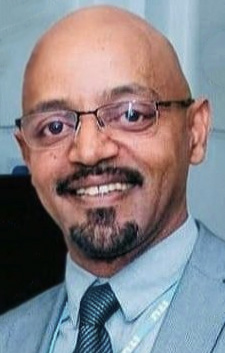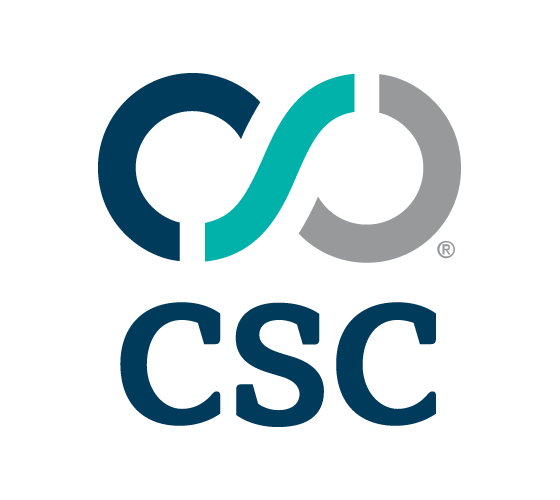

|
||
|
||
On the 5th of November 2019, the release of the first of ITU’s Measuring Digital Development series coincided with Freedom House’s unveiling of its Freedom on Net 2019 report. This serendipity prompted me to write this blog note after carefully examining both reports.
On one hand, ITU’s analytical publication, with its new friendly format, emphasizes that Internet use continues to spread, warning however that the digital gender gap is widening. The estimated 4.1 billion people using the Internet in 2019 reflect a 5.3 per cent increase, confirming the trend of slowing global growth rates. More men than women use the Internet in every region of the world except the Americas, which has near-parity, and 97 percent of the world population now lives within reach of a mobile cellular signal, reveals the report, offering interesting snapshots of other important ICT indicators. With its global and regional perspectives, ITU’s Facts and Figures 2019 also recalls that most of the offline population (46 percent of the world population) lives in the least developed countries, with Europe and Africa having the highest and lowest Internet usage rates, respectively.
On the other hand, the Freedom on the Net 2019 focusing on ‘the Crisis of Social Media’ comments that the Internet, once a liberating technology, has opened new conduits for surveillance and electoral manipulation. Internet Freedom Declines outnumber gains for the ninth consecutive year with Ethiopia recording the largest gains in 2019 following the election of a new Prime Minister Dr Abiy Ahmed, winner of the 2019 Nobel Peace Prize, who loosened restrictions on the Internet and unblocked 260 websites. “Digital platforms are the new battleground for democracy and Internet freedom is increasingly imperiled by the tools and tactics of digital authoritarianism” notes the report recalling that of the 65 countries assessed, 33 have been on an overall decline since June 2018. The future of Internet freedom rests on our ability to fix social media, predicts the report offering a series of recommendations to ‘fairly’ regulate a technology now pervasive in business, politics, and personal lives.
The more we connect the world, the less free it becomes?
Time to pick the Good from the Bad and the Ugly
At the multilateral level, narratives advocating the Good of connecting the next 46 percent to accelerate the implementation of the Sustainable Development Goals are necessary more than ever but no longer sufficient. Containing the Bad and Repressing the Ugly is more and more critically needed to ensure a higher aggregate contribution of the growth of the Internet to the interconnected goals of the 2030 Agenda.
It is time for multilateral and other actors to acknowledge that neither the utopian hopes and optimistic narratives, nor the dystopian fears and pessimistic discourses reflect the evolving and more complex uses of the Internet witnessed in our current era. The rise of Social Media Platforms and Frontier Technologies (Artificial Intelligence, Advanced Biometrics etcetera) are reportedly posing new challenges to human rights and to values that are enshrined in the United Nations organizations serving as guiding principles for international civil servants in all their actions. The future of privacy, free expression, and democratic governance rest on policy choices and actions made or not today.
New perspectives are needed from scholars, intergovernmental bodies, policy makers and technologists when pursuing their respective missions, seeking for a deeper understanding of nuanced issues beyond just technological advancements. This could be achieved through innovative forms of partnerships driving thinking and advocating practices so that digital advancements are informed, with evidence, by their holistic social and human impacts when addressing developmental challenges outlined in the 2030 Agenda.
Measuring Success of actions to connect the next billion (and the remaining 46 percent of the world) could go beyond connectivity related quantitative assessments and consider the extent of which lives and freedom have improved with Digital Development.
Key findings of both reports are summarized below.
On the growth of Internet use :
On the decline of Internet freedom
The two reports can be downloaded here:
Facts and figures 2019—Measuring digital development
Freedom on the Net 2019 – The Crisis of Social Media
Sponsored byCSC

Sponsored byIPv4.Global

Sponsored byDNIB.com

Sponsored byRadix

Sponsored byWhoisXML API

Sponsored byVerisign

Sponsored byVerisign
